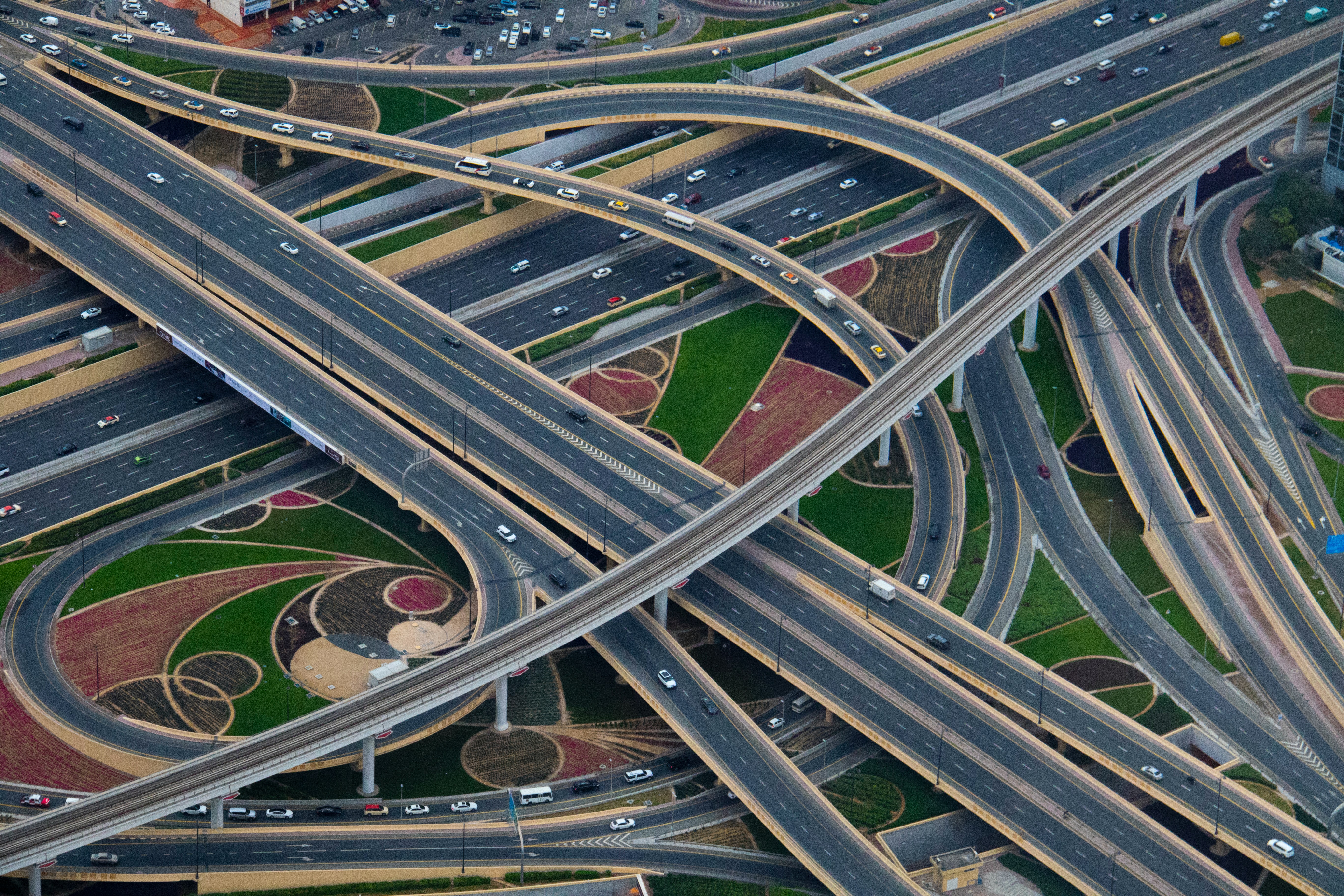1740 results found
Featured results



More results
The program was initiated to develop industrial city in Sudair to support local investors and to attract international investment and to advance the national industry.
While the infrastructure financing gap is huge, one of the main constraints to infrastructure development is not a lack of finance, but instead, a lack of well-prepared, bankable infrastructure projects.
The Certification System's development brings together a wide range of experts including representatives of international financial, expert and civil organisations and associations such as the World Bank, the OECD and the World Wide Fund for Nature, consulting companies, leading infrastructure investors, executive authorities and other stakeholders.
Digital Design-Built Policies are coherent plans for digital infrastructure delivery which align with recognised industry standards and frameworks. They seek to digitise the asset lifecycle by requiring the use of specific digital technologies in the design and construction process.
Digital knowledge platforms that share data and knowledge on-site during construction and maintenance, making it readily accessible to all workers thereby reducing project time while also improving work quality and safety.
Integration of digital and communication technologies such as cloud computing, 5G, and the Internet of Things to improve operation, management and quality of services for transport hubs such as airports.
Supported by artificial intelligence, ORIS analyses road designs at the early stage of a project with a holistic view to improve sustainability in road construction.
The Global Infrastructure Hub (GI Hub) has crowned Lebanese technology start-up Mrüna the winner of its first global innovation competition, InfraChallenge, following a live pitch against nine other finalists from the UK, US, Sierra Leone, Australia, Mexico, Singapore, and Spain

This study examines all aspects of the digitalisation of infrastructure for a sustainable future

Digital technology to enable regulators to measure water abstracted and use data for compliance and enforcement purposes.
It is used to guide the implementation of classification management of the environmental impact assessment of the construction project to prevent adverse impacts on the environment.

InfraChallenge 2021 invited ideas for building and maintaining better, more resilient infrastructure. Today we announce the Top 10 competitors.
This paper investigates the interaction between corruption and governance at the sector level.

The second volume of this report and looks at infrastructure statistics in Brazil and international benchmarks, regulatory policy issues, contract negotiations, and gives conclusions and policy implications on these topics.

As stimulus spending ramps up, a ten-year trend study shows private investment in new infrastructure has declined since 2010.
The Public-Private Infrastructure Advisory Facility (PPIAF) held its Partnership Council Meeting in Vienna, Austria this June. This meeting brought together PPIAF’s esteemed donors and welcomed the Kingdom of Saudi Arabia as the newest donor to PPIAF with their contribution that has supported the integration of the Global Infrastructure Hub (GI Hub) into the PPIAF family. Over the two days, PPIAF engaged in a packed agenda where donors expressed appreciation for the impactful and relevant programs PPIAF delivers.

The interest generated by the role of PPP in the implementation of the Sustainable Development Goals (SDGs) is considerable.


Respond to our annual Stakeholder Survey and help us drive change as pressing global climate and economic problems call for infrastructure that is exponentially more sustainable, more inclusive, and more resilient.
Kempegowda International Airport Bengaluru (KIAB) is the first airport in India to be delivered via a public private partnership (PPP), under a build-own-operate-transfer (BOOT) model over a 30 year period extendible to 60 years
The government of India sought to raise c. USD 12.5B1 for infrastructure development through an asset monetization program that identified c. 6400km of road networks across 75 operational projects and split them into 10 bundles to auction as concessions



 Initial Report
Initial Report












